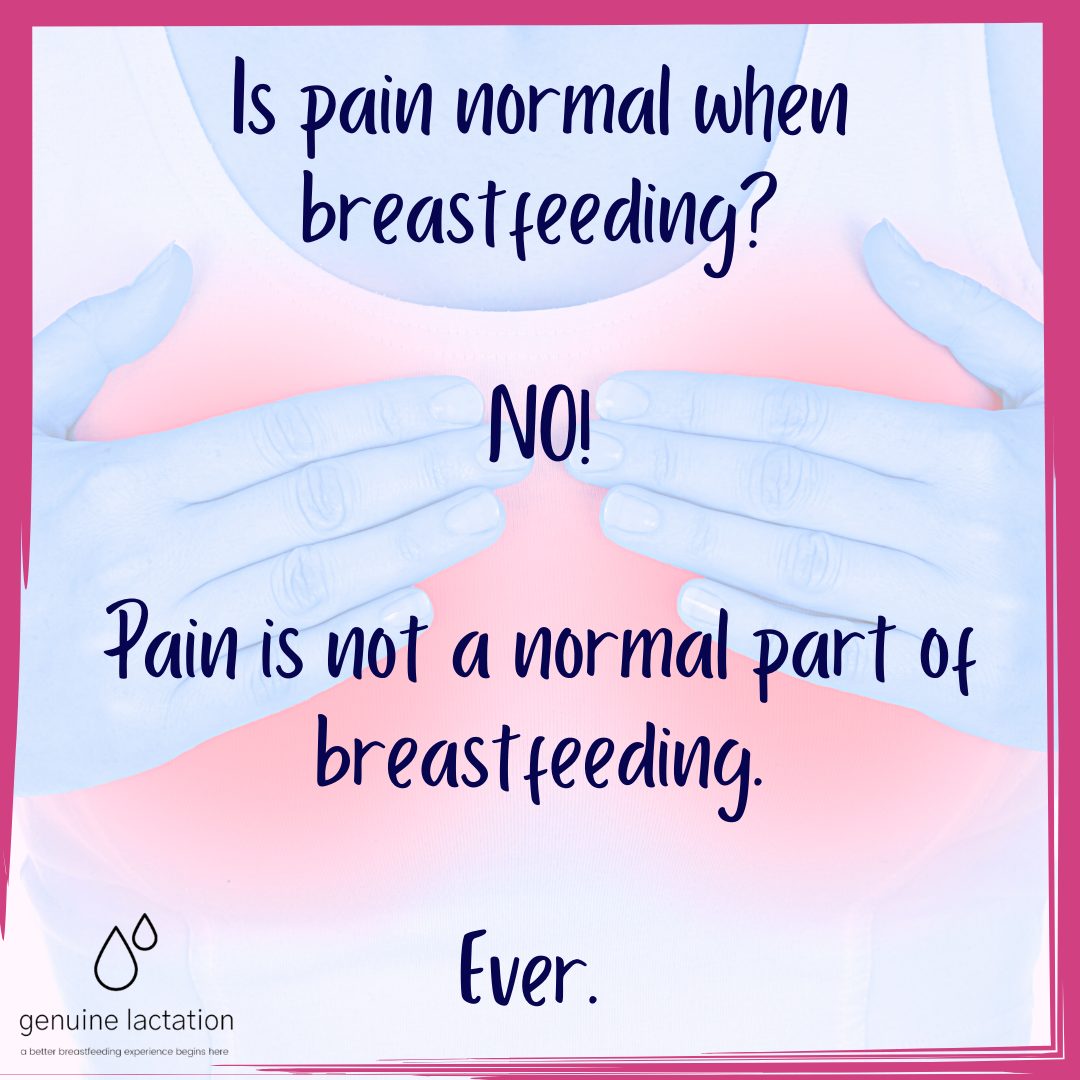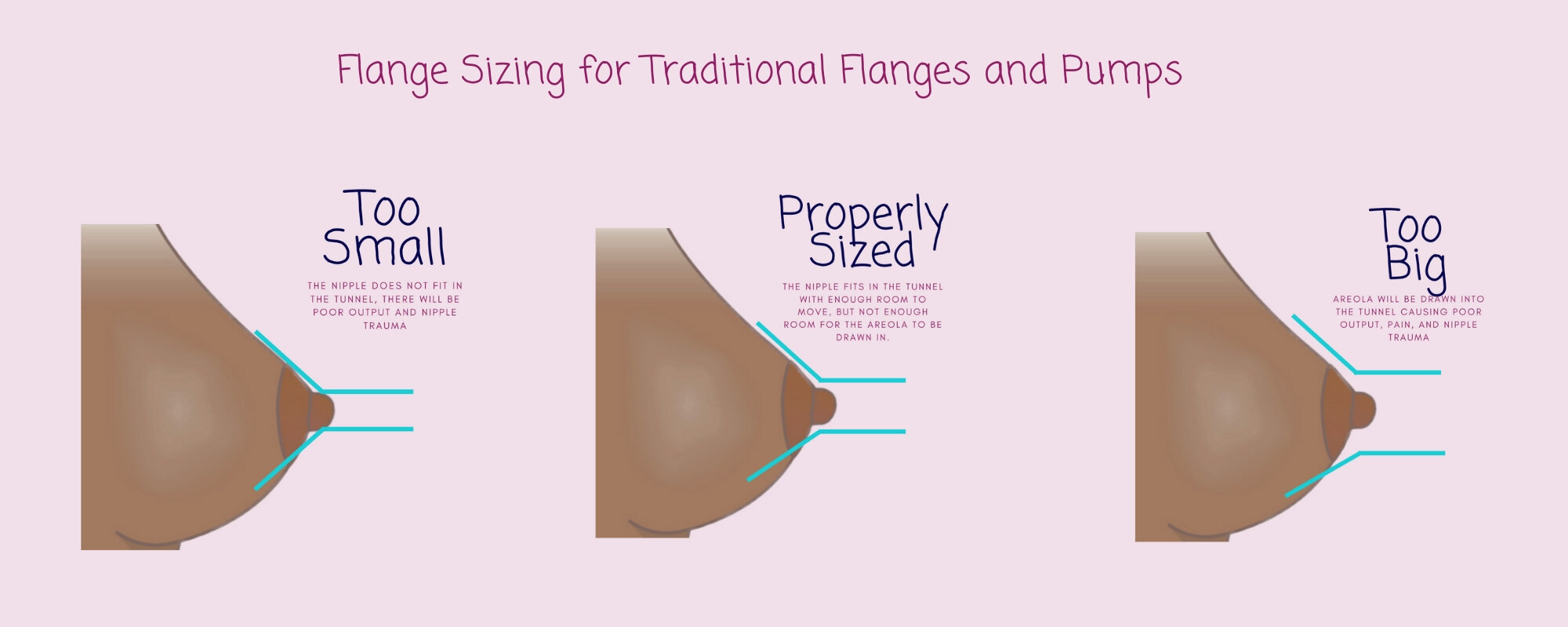Nipple Damage: Common, Never Normal
Breastfeeding shouldn't hurt.
Nursing shouldn't hurt.
Pumping shouldn't hurt.
Nipple damage and pain is a common experience in breastfeeding, especially during the early days. In fact, it is so common that many mothers have been led to believe it is a normal and unavoidable part of breastfeeding.
It’s not. Nipple damage is never normal, and nipple pain is like all other pain, it’s a sign something needs to be addressed. Unfortunately, many believe pain is a normal part of breastfeeding, something to be expected, and tolerated. This is far from the truth, and if you are in pain, you need help, NOW!
Some nipple soreness or tenderness is normal in the beginning due to all of the hormones associated with pregnancy and birth. This soreness should be minor, and there should be no accompanying nipple damage or misshapen nipples when unlatching your baby. In the early days, it would be wise to visually inspect your nipples when unlatching. Sometimes, the pain medications and endorphins from birth can temporarily mask pain. This could delay treatment and increase your chances of serious pain and damage. If you experience any type of misshapen nipples, pain, or nipple damage, you need to be assessed by a skilled lactation consultant in order to address the issue and return you to the pain free breastfeeding experience you deserve.
The most important step in addressing nipple damage is determining the cause and fixing it.
Here are the common causes of nipple pain and damage:
1. Poor latch
2. Poor breast flange fit
3. Poor breast pump usage
If your pain is caused by issues with a poor latch, you will need assistance in learning how to achieve a deep, pain free latch. With a good latch, your nipple is safely cushioned against your baby's soft palate, and all you will typically feel is a gentle tugging sensation.
If your baby's latch looks visually good, but you are still experiencing pain and/or nipple damage, there needs to be a more thorough investigation into what is going on. Your baby should receive a thorough oral assessment, checking for anatomical issues including tongue tie. If your baby has a tongue tie, and you are experiencing pain, even if your baby is gaining well and transferring milk effectively, you need to be referred to a provider skilled in the assessment and revision of tongue ties. Tongue ties can affect breastfeeding, and maternal pain is a significant concern.
If you have to use a nipple shield to achieve a pain free latch, it is fine to use the nipple shield temporarily. However, in order to protect your breastfeeding relationship long term, there needs to be an assessment to determine why it is needed and a plan for how to wean off of it. It is a rare case that a nipple shield is required long term. It is much more likely that you have an underlying issue that needs to be addressed to allow for painless breastfeeding.
A poorly fitting breast flange can cause significant pain and nipple damage. If the flange is too small, the nipple will become abraded with possible wounds at the base of the nipple. If the flange is too large, the skin will swell and stretch, leading to cracking. A properly fitted breast flange allows just enough room for the nipple to freely enter the tunnel with no more than 3 mm of areola tissue entering the flange tunnel. Learn more about proper flange sizing here.
So if you have pain from your breast flange, you need to size up, right? No. No. No again. If you have pain from your breast flanges, low milk output, or nipple damage from pumping, you need to have your nipples measured, and your flange sized based off of that measurement. Continually sizing up to alleviate the pain of an initial poor breast flange fit can cause significant trauma to the nipples. Measure your nipples with the printable rulers here for best results.
Finally, breast pump technique matters. Higher suction will not necessarily equate to more milk output. Higher suction will, however, increase your chances of pain and nipple damage. If you are having trouble emptying your breasts despite proper flange fit, you may need heat, hands on pumping, or lecithin. You may need an alternate style of flange to better work with your individual anatomy. You may need a different breast pump. There are options we can try that don't involve risking pain and nipple damage.
If you have pain and nipple damage, please do not accept it as the status quo. It may be a common experience, but it is not normal. It means you need to see a lactation consultant as soon as possible.


